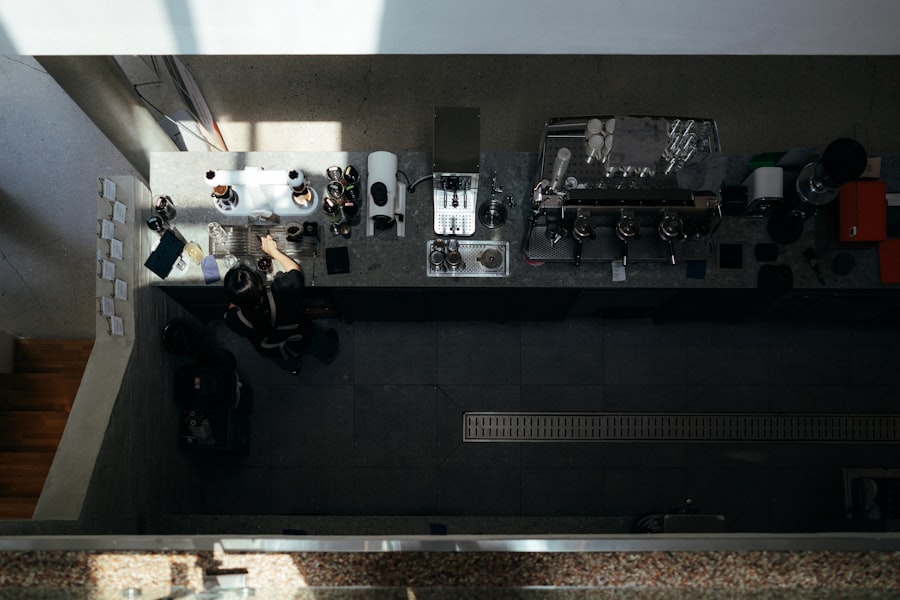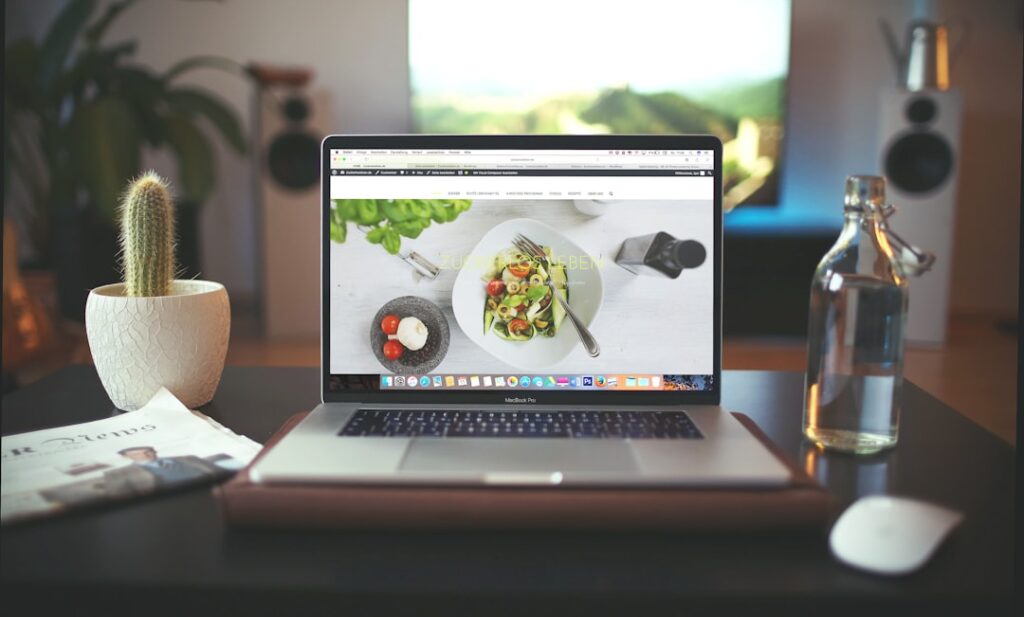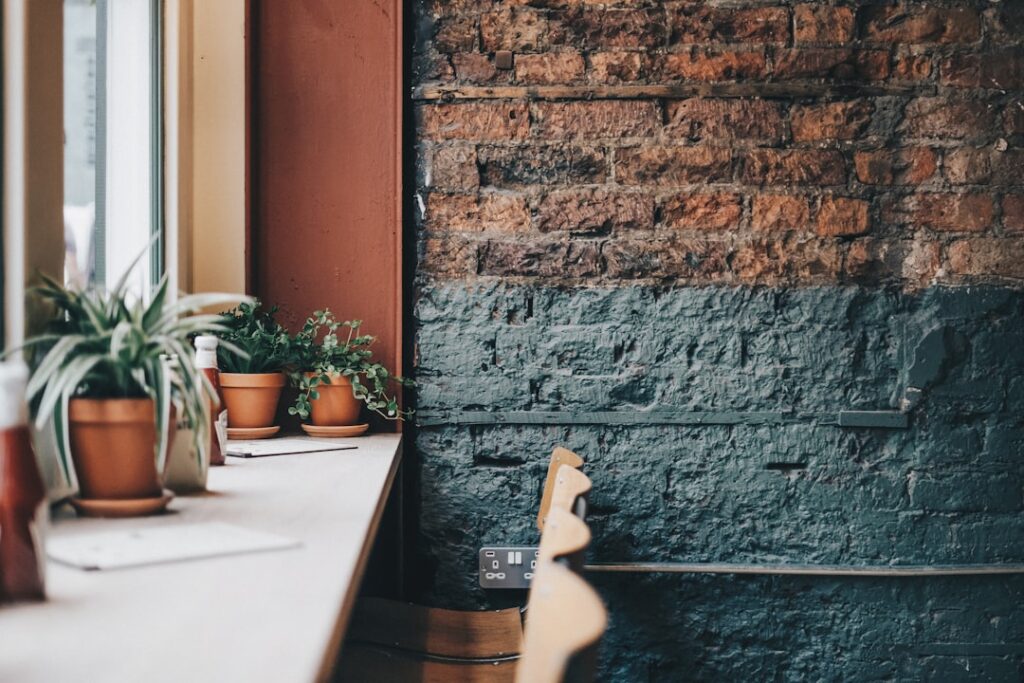The reception counter serves as the first point of contact for visitors entering a business, making its importance paramount in shaping initial impressions. A welcoming reception area can significantly influence how clients, customers, and partners perceive the organization. It is not merely a functional space; it embodies the ethos and values of the company.
A well-designed reception counter can convey professionalism, warmth, and efficiency, setting the tone for the entire visit. When guests are greeted by a friendly face in an inviting environment, they are more likely to feel comfortable and valued, which can lead to positive interactions and lasting relationships. Moreover, the reception counter plays a crucial role in managing the flow of visitors.
It serves as a hub for information dissemination, where guests can inquire about services, directions, or appointments. An organized and welcoming reception area can streamline these interactions, reducing wait times and enhancing the overall experience. In contrast, a chaotic or uninviting reception can lead to frustration and dissatisfaction, potentially driving clients away.
Therefore, investing in a welcoming reception counter is not just about aesthetics; it is a strategic decision that can impact customer satisfaction and loyalty.
Key Takeaways
- A welcoming reception counter is crucial for creating a positive first impression and setting the tone for the guest’s experience.
- The right design and layout of the reception area can enhance the overall atmosphere and functionality of the space.
- Selecting the right materials and colors can contribute to a welcoming and professional environment.
- Incorporating branding and company identity into the reception area can reinforce the organization’s image and values.
- Providing comfortable seating for guests can make their wait more pleasant and enjoyable.
Choosing the Right Design and Layout
The design and layout of a reception counter are critical elements that contribute to its functionality and aesthetic appeal. A well-thought-out design should prioritize both form and function, ensuring that the space is not only visually appealing but also practical for daily operations. For instance, an open layout can foster a sense of approachability, allowing guests to feel at ease as they enter.
Conversely, a more enclosed design may provide privacy for sensitive discussions but could inadvertently create barriers between staff and visitors. When considering the layout, it is essential to account for the flow of traffic within the space. A reception counter should be positioned to allow easy access for guests while also providing staff with a clear view of incoming visitors.
This strategic placement can enhance security and ensure that guests are promptly attended to. Additionally, incorporating designated areas for waiting guests can improve the overall experience. By thoughtfully arranging seating and pathways, businesses can create an inviting atmosphere that encourages interaction and engagement.
Selecting the Right Materials and Colors

The choice of materials and colors for a reception counter can significantly influence the ambiance of the space. Materials such as wood, glass, metal, or stone each bring unique characteristics that can enhance the overall design. For example, natural wood finishes can evoke warmth and comfort, making guests feel at home.
In contrast, sleek glass or polished metal surfaces may convey modernity and sophistication, appealing to a more contemporary clientele. Color selection is equally important in establishing the desired mood. Warm tones like soft yellows or earthy greens can create a welcoming environment, while cooler shades such as blues or grays may impart a sense of calm professionalism.
It is essential to consider how these colors align with the company’s branding and overall aesthetic. Additionally, incorporating accent colors through decorative elements or artwork can add visual interest without overwhelming the space. Ultimately, the right combination of materials and colors can create a cohesive look that resonates with visitors and reflects the company’s identity.
Incorporating Branding and Company Identity
A reception counter is an ideal canvas for showcasing a company’s branding and identity. Integrating brand elements into the design not only reinforces recognition but also communicates the organization’s values and mission to visitors. This can be achieved through various means, such as incorporating the company logo into the counter design or using branded colors throughout the space.
For instance, a tech company might opt for sleek lines and modern materials that reflect innovation, while a law firm may choose classic finishes that convey trustworthiness and stability. Beyond visual branding, it is essential to consider how the reception area embodies the company culture. This could involve displaying awards or certifications that highlight achievements or showcasing community involvement through photographs or memorabilia.
By creating an environment that reflects both brand identity and company culture, businesses can foster a deeper connection with visitors, making them feel more aligned with the organization’s values.
Providing Comfortable Seating for Guests
Comfortable seating is a vital component of any welcoming reception area. Guests often spend time waiting for appointments or meetings, making it essential to provide seating that is both functional and inviting. The choice of seating should consider factors such as style, comfort, and durability.
For instance, plush armchairs or sofas can create a relaxed atmosphere, while sleek benches may offer a more modern look without sacrificing comfort. In addition to aesthetics, it is crucial to arrange seating in a way that promotes interaction among guests while also allowing for privacy when needed. Grouping chairs in small clusters can encourage conversation among visitors, while strategically placed individual seats can provide solitude for those who prefer it.
Furthermore, ensuring that seating is accessible to individuals with disabilities is paramount in creating an inclusive environment. By prioritizing comfort in seating arrangements, businesses can enhance the overall experience for their guests.
Implementing Technology and Communication Tools

In today’s fast-paced world, integrating technology into the reception area has become increasingly important. Implementing communication tools such as digital check-in systems or interactive kiosks can streamline visitor management processes and reduce wait times. These technologies not only enhance efficiency but also provide guests with a sense of autonomy as they navigate their arrival.
Moreover, incorporating audiovisual elements such as screens displaying company information or promotional content can engage visitors while they wait. This not only keeps guests informed but also reinforces brand messaging in an engaging manner. Additionally, providing charging stations for mobile devices ensures that guests remain connected during their visit.
By embracing technology in the reception area, businesses can create a modern and efficient environment that meets the needs of today’s tech-savvy clientele.
Training Reception Staff for a Warm Welcome
The role of reception staff cannot be overstated when it comes to creating a welcoming atmosphere. Training employees to provide exceptional customer service is essential in ensuring that every visitor feels valued from the moment they enter the space. This training should encompass not only communication skills but also conflict resolution techniques to handle any potential issues that may arise.
Empowering reception staff with knowledge about the company’s services and values enables them to engage meaningfully with visitors. Encouraging staff to personalize interactions—such as remembering returning guests’ names or preferences—can significantly enhance the visitor experience. Additionally, fostering a positive work environment among reception staff will reflect in their interactions with guests; happy employees are more likely to create positive experiences for visitors.
Adding Personalized Touches and Decor
Personalized touches in decor can elevate the reception area from merely functional to truly memorable. Incorporating elements that reflect local culture or community can create a sense of belonging for visitors. For example, displaying artwork from local artists or photographs of community events can foster connections between the business and its surroundings.
Furthermore, seasonal decorations or themed displays can keep the reception area fresh and engaging throughout the year. Simple touches like offering complimentary refreshments or providing reading materials relevant to guests’ interests can enhance their experience further. These personalized elements not only make visitors feel welcome but also create lasting impressions that encourage them to return.
Ensuring Accessibility and Ease of Navigation
Creating an accessible reception area is crucial in ensuring that all visitors feel welcome regardless of their physical abilities. This involves adhering to accessibility standards such as providing ramps for wheelchair users, ensuring doorways are wide enough for mobility devices, and offering seating options that accommodate various needs. Additionally, clear signage is essential for guiding guests through the space efficiently.
Signage should be easy to read and strategically placed to assist visitors in navigating the reception area without confusion. Incorporating tactile elements or braille on signs can further enhance accessibility for individuals with visual impairments. By prioritizing accessibility and ease of navigation, businesses demonstrate their commitment to inclusivity and customer care.
Maintaining Cleanliness and Organization
A clean and organized reception area is fundamental in creating a positive first impression. Regular maintenance routines should be established to ensure that surfaces are wiped down, floors are clean, and clutter is minimized at all times. An organized space not only looks professional but also contributes to operational efficiency by allowing staff to locate necessary materials quickly.
Incorporating storage solutions such as cabinets or shelves can help keep the reception area tidy by providing designated spaces for supplies and documents. Additionally, encouraging staff to maintain cleanliness throughout their shifts fosters a culture of responsibility and pride in the workspace. A well-maintained reception area reflects positively on the organization as a whole, reinforcing its commitment to professionalism.
Seeking Feedback and Making Continuous Improvements
To ensure that the reception area remains effective in meeting visitor needs, seeking feedback from guests is essential. Implementing simple feedback mechanisms—such as comment cards or digital surveys—can provide valuable insights into what aspects of the reception experience are working well and what areas may require improvement. Regularly reviewing this feedback allows businesses to make informed decisions about necessary changes or enhancements to the reception area.
Additionally, engaging staff in discussions about their experiences interacting with visitors can uncover opportunities for improvement from those on the front lines. By fostering a culture of continuous improvement based on feedback from both guests and staff, organizations can ensure that their reception area evolves alongside changing expectations and needs.
When designing a modern office space, it is important to consider not only the reception counter but also the overall layout and furniture choices. One key element to consider is the modern office workstations, which can greatly impact the productivity and comfort of employees. Finding the perfect height-adjustable desk is also crucial for promoting a healthy work environment. Additionally, modern executive office desks can add a touch of sophistication and professionalism to the space. For more information on modern office workstations, visit this article.


